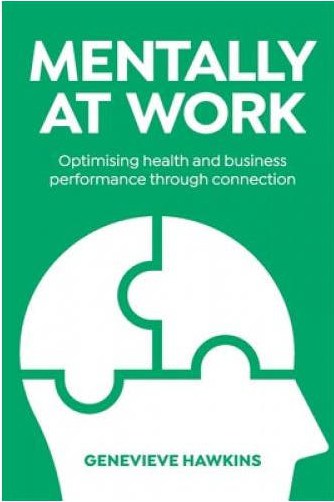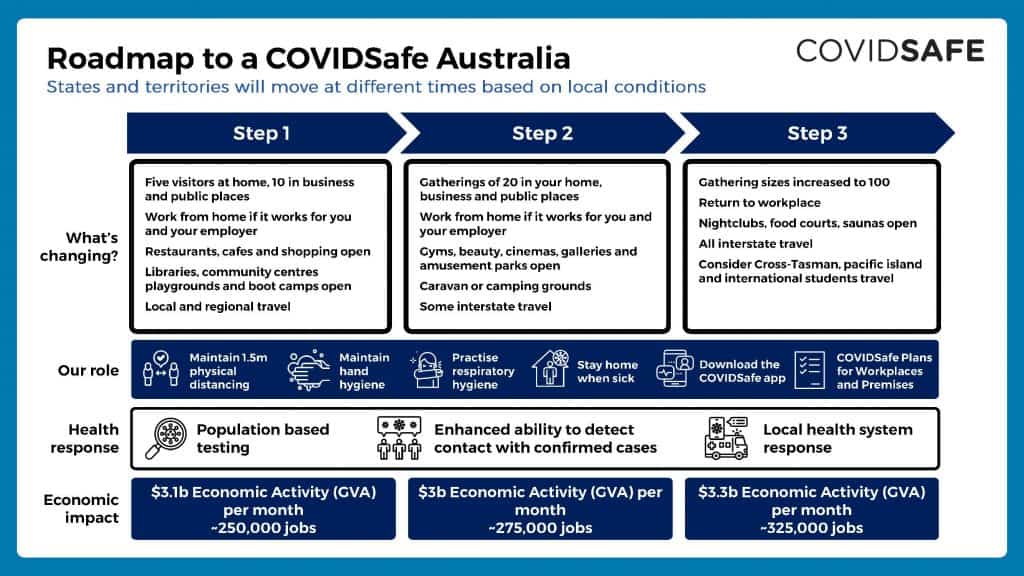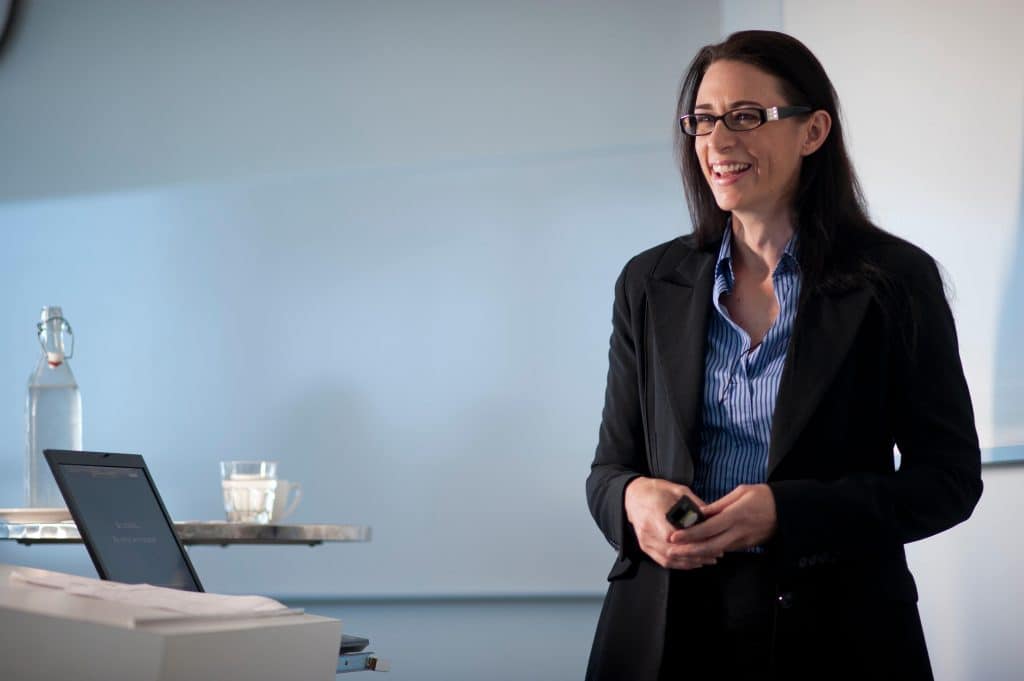The OHS Professional magazine for December 2020 contains a very good article about workplace psychological risks and the occupational health and safety (OHS) strategy to prevent mental harm. The only negative is that it is not published in a Human Resources magazine, or one for company directors. The preventative techniques are well known to the OHS profession and based on independent scientific evidence, but it is other managerial disciplines that need to learn the difference between preventing psychological harm and providing symptomatic relief.
Category: human resources
‘No Bystanders Rule’ Bullshit
Guest Post by Dr Rebecca Michalak
About couple of weeks ago, the Australian Financial Review (AFR) featured a piece on a law firm that had introduced a mandatory approach to reporting sexual harassment – referred to as a ‘no bystanders’ rule.
To be clear upfront, here is my disclaimer – I am not directly commenting on the law firm in question; there isn’t enough information in the articles to make any objective judgements on that front. The references used from the two media pieces are for illustrative purposes only. Call them ‘conversation starters.’
In the AFR piece, the contractual obligation was outlined to involve:
“…chang(ing) ‘should’ (report) to ‘must’ – so any staff member who experiences, witnesses, or becomes aware of sexual harassment must report it,”
with the affiliated claim being,
Continue reading “‘No Bystanders Rule’ Bullshit”“That shift really reinforces that there is zero tolerance – and there are no confidences to be kept; it needs to be outed – bystanders [staying silent] will no longer be tolerated.“
Change big things, little things benefit

I bought Genevieve Hawkins’ self-published book “Mentally at Work – Optimising Health and Business Performance through Connection” because I have met Genevieve at various Australian occupational health and safety (OHS) conferences and wanted to know her thoughts.
Her book is about an increasingly important element of OHS – psychological harm – and reinforces the Human Resources (HR) approach to mental health at work which is based around Leadership and Psychology. This HR perspective is the dominant approach to mental health at work in Australia, but it largely omits the organisational and cultural context of mental health. As such, the book will be popular with those whose perspectives it reinforces, but it misses some important OHS and research perspectives about harm prevention.
Australian government reopening strategy

On the afternoon of May 8 2020 the Prime Minister, Scott Morrison, and Chief Medical Officer, Brendan Murphy, revealed the decisions of the National Cabinet. This is a national plan developed with the agreement of State Premiers and Chief Ministers who will be largely responsible for how this plan is implemented in their local jurisdictions. Many of the occupational health and safety (OHS) challenges have been anticipated by business owners as discussed in this morning’s blog article but it is worth looking at the infographics of the plan revealed by Morrison and Murphy but also the transcript of the press conference as that provides an important context to what the government expects to happen.
The government released two infographics, one was four pages of the broad plan, the other is that plan split into industry sectors.
OHS and Rebecca Michalak

Dr Rebecca Michalak is the founder of PsychSafe, a company advising companies on issues related to the interconnectedness of occupational health and safety (OHS), Human Resources (HR) as well as the psychological hazards and structures at work and of work. Her combination of skills and experience is a new one for Australia and Dr Michalak is quickly becoming a strong influence on workplace health, safety, and corporate governance.
Dr Michalak has accepted the opportunity to provide a more personal insight into what she does and why she does it in the latest in a series of articles about humanising OHS.
Apology: Due to unauthorised reproduction of this article in breach of Copyright, access has been restricted to Subscribers Only. Should you require access to this article particularly, please email the Editor
The challenge of preventing harm beyond just “primary prevention”

Fay Calderone’s article in HRDaily on workplace sexual harassment and her responses to some questions from SafetyAtWorkBlog illustrate several points of difference between the usual Legal/HR approach to the management and prevention of workplace risks and the application of the occupational health and safety (OHS) approach. These points of difference are discussed below.
Leadership discussion, policies and training
The prevention of harm is a core principle of occupational health and safety. OHS professionals strive to eliminate hazards at the earliest opportunity and apply the precautionary principle as often as possible. Prevention is aimed at detecting early indications or precursors of hazards, such as those occurring in a Near Miss.
OHS, sexual harassment, HR and the pursuit of prevention

HRDaily unlocked an article concerning workplace sexual harassment on March 6 2020. The article was written by lawyer Fay Calderone and SafetyAtWorkBlog sought clarification from her on a number of points.
Some of the issues raised in the original article and Calderone’s responses will be discussed in a secondary article.

